May 8, 2024: Long-billed Dowitchers, migrate north to breeding grounds in the Canadian Arctic. Their route includes coastal flyways, stopping at wetlands for food. Falmouth hosts these rare shorebird visitors during spring migration, with sightings varying yearly due to a range of factors. This Dowitcher was recently in the marsh behind Woodneck Beach.
Long-billed Dowitchers are migratory shorebirds that breed in the northern regions of North America, including Alaska and the Canadian Arctic. During spring migration, they undertake a remarkable journey from their wintering grounds in southern United States, Mexico, and Central America to their breeding grounds.
Their migration pattern typically follows a northward route along the coasts, with some individuals also traveling through interior flyways. Along the way, they stop at various staging areas to rest and refuel, particularly wetlands and coastal mudflats where they can find ample food resources such as insects, crustaceans, and mollusks.
Cape Cod, with its extensive coastline, marshes, and mudflats, serves as an important stopover site for many migratory shorebirds, including long-billed dowitchers. These birds can often be observed on Cape Cod during their spring migration, especially during the peak of migration when large numbers of shorebirds pass through the area.
The exact frequency of long-billed dowitcher sightings on Cape Cod can vary from year to year and depends on factors such as weather conditions, food availability, and habitat quality. Birdwatchers and ornithologists may conduct surveys to monitor the presence and abundance of migratory shorebirds, providing valuable data for conservation efforts and research on avian migration patterns.

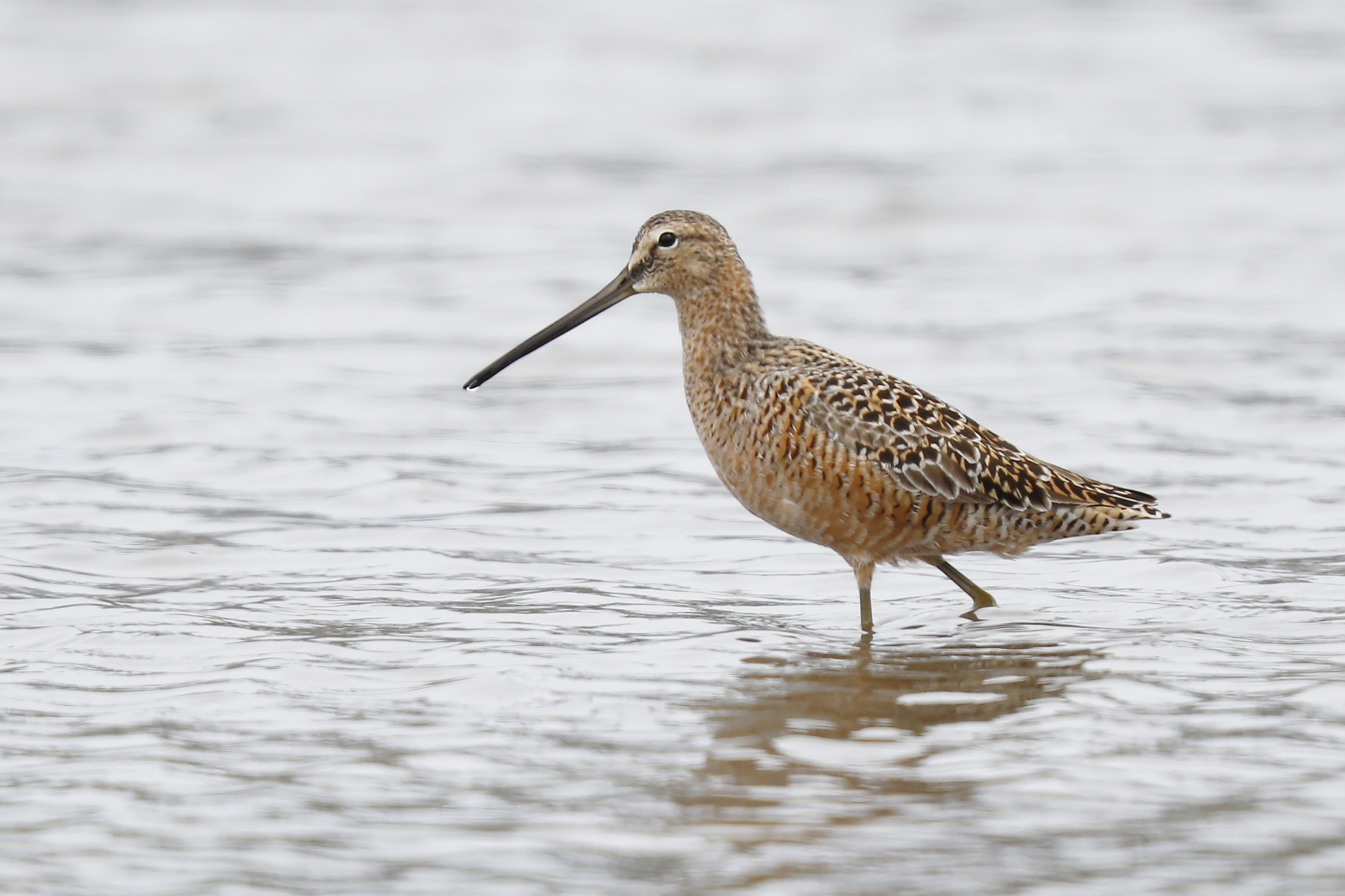
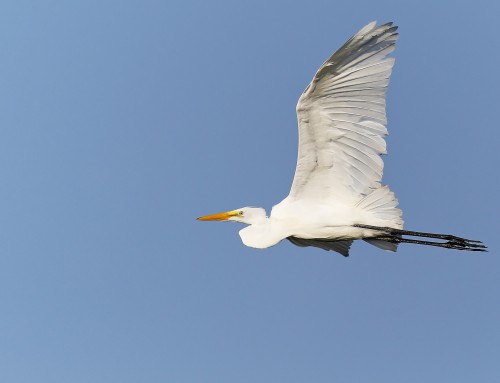
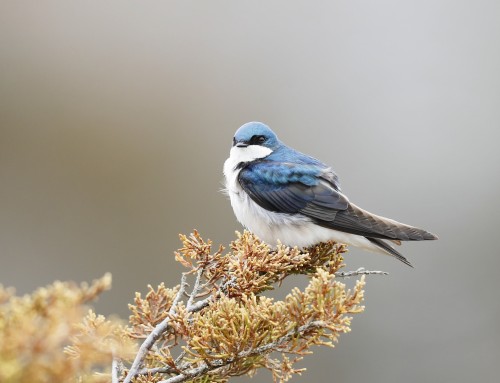
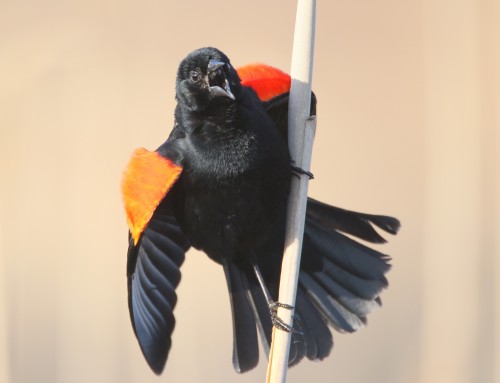
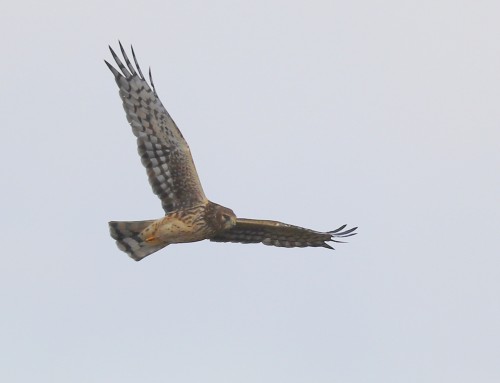
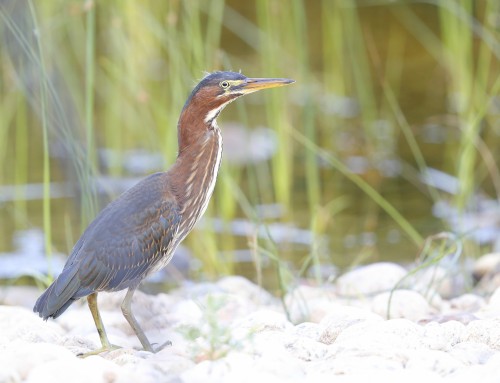
Leave A Comment
You must be logged in to post a comment.